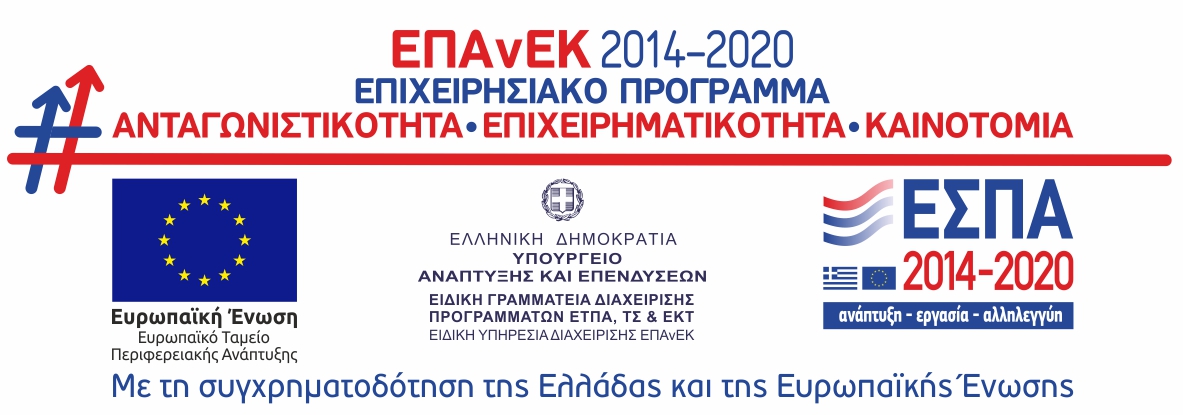The English language classroom is changing.
It is no longer the place where we just teach grammar, vocabulary and how to read, write, speak and listen in English. Yes, we still do all those things but the role of the language classroom has become more important than that. It has become a place where we not only teach English as a subject, but we teach our students about the world in which English is the lingua franca – about the people, places, cultures of that world. Why? Because the world is simultaneously growing both bigger and smaller through the use of the Internet, social media, travelling and worldwide news coverage; and as such students need to know about the world they live in.
Moreover, the English language classroom is also the place where we should be helping our students to develop the knowledge, values and skills to become both active and effective participants within this global community. In other words, to be global citizens. After all, the future is in their hands and they, whether we like it or not, are going to change the world. So how is it that young learners are going to change the world? Let’s explore…
To be able to change the world, young learners need first of all to care about the world in which they live. Not only do they need to understand the problems facing the world, they also need to have empathy and a desire and belief that they can in fact make a difference. They need to see their role in the grand scheme of things – from a personal level, to a community level, to a global level. Why should we care about this as English teachers? Well, as Alan Maley (2004) points out, “The English language, as the principal vehicle of global consumerism, should bear some of the responsibility for making ‘consumers’ of English aware of some its less desirable effects.” Therefore, not only is it morally responsible for us as teachers to bring these kind of themes and topics into the classroom, it makes sense perfect sense to do so. In fact, recent research by the Development Education Association suggests that 80% of 11-16-year-olds are interested in global issues and want to learn about them in school. Evidence enough, I would suggest.
So they care about the world, but how are they going to solve the problems and issues affecting our planet? First of all, by thinking critically. And being able to think critically goes hand in hand with being a global citizen. As Linda Elder (www.criticalthinking.org) points out, “People who think critically… strive to improve the world in whatever ways they can and contribute to a more rational, civilized society.” Now critical thinking takes on many guises, as Puchta & Williams point out in their typology of thinking skills for young learners (Teaching Young Learners to Think, 2010), but not least amongst them is the ability to solve problems – to analyze, synthesize, evaluate and create. Therefore, we should bring these skills into the classroom whenever we can, through appropriate activities and even the way in which we teach.
Which leads onto the next way young learners will change the world - by being creative. As Sir Ken Robinson says, “Creativity now is as important in education as literacy. We should treat it with the same status.” And of course he’s right. We need to be educating our students so that they will be ready to solve current as well as future problems that haven’t yet been identified; and encouraging creativity is key to that. And guess what? The language classroom is the perfect place for this experimentation and creativity, because it’s exactly what they’re already doing with the new language which they’re acquiring. Creativity also naturally lends itself to many of the tasks we ask students to do in our class anyway – projects, for example, are a perfect example of this.
So, how else will young learners change the world? Well, being able to collaborate is a key skill, because while it is of course possible to achieve success flying solo so to speak, it’s more likely to come through collaboration with others. As National Geographic Explorer Ian Couzin says, “groups can accomplish what solitary individuals cannot.” Collaboration is all about leadership, cooperation, flexibility, responsibility (p21.org) and in a global community we need to know how to work together with people from different backgrounds and cultures. But again, this is a skill which comes very naturally to the English Language classroom – just think how much pair and group work you already do in your classes. Not just lots. But lots and lots. Indeed, collaborative learning is based on the premise that we learn by doing, but also that we learn best when we learn together. And if students are learning together, they’re communicating.
Ah yes, communication. If our young learners are going to change the world, they need to be able to communicate their thoughts, opinions, ideas in an effective and confident way, be that through conversation and discussion or more formally through presentations. But once again this is what the English language classroom is all about. It’s a place where communication should always be the goal – whether it be for grammar and vocabulary lessons or indeed a speaking lesson, having communicative goals is key. But let’s not forget that good communication also means effective listening which means encouraging our students to not only listen carefully to one another, but to respect what they have to say.
In conclusion, I’d like to finish with a quote from the American educator John Dewey. He said that "Education is not a preparation for life, it is life itself." And that’s exactly what the English language classroom should reflect if we are to help our students to become effective global citizens, with the necessary skills and values to change the world.











